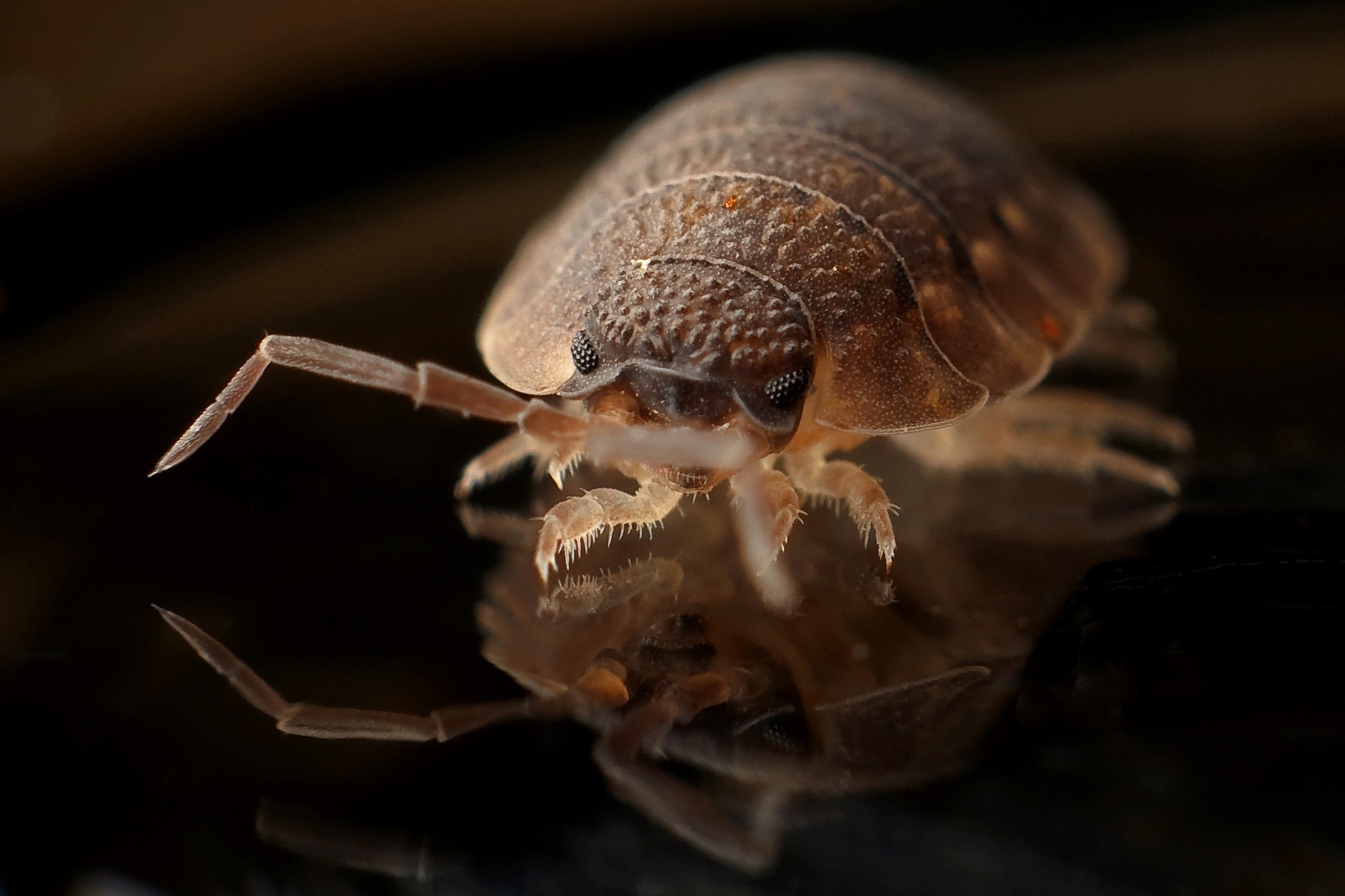One of the most popular methods for addressing bed bug infestations is through heat treatments. However, it’s important to note that if done incorrectly, heat treatments may not get rid of bed bugs.
How Heat Kills Bed Bugs
Although bed bugs are known for being difficult to get rid of, they aren’t invincible. Bed bugs can be killed if they are exposed to high heat for prolonged periods of time. Bed bugs need to be exposed to temperatures of 113 degrees Fahrenheit or higher for at least 90 minutes. If bed bugs are exposed to higher temperatures, they can die more quickly – but this can be dangerous unless conducted by professionals.
Mosquitoes are drawn to water.
Mosquitos usually lay their eggs on the surface of still water. Water sources like ponds, slow-moving streams, pools, birdbaths, and even small containers of water can attract mosquitoes. If you have a source of still water, your chances of being targeted by mosquitoes are high.
Moist soil, or other debris, can also attract mosquitoes.
Even if you don’t have a source of standing water on your property, mosquitoes may find other places to lay their eggs. Damp mulch or soil can be an inviting environment for mosquitoes. Hollowed-out tree stumps, and even roof gutters may also attract mosquitoes. Composters can also be a common spot for mosquitoes to hide and breed.

Bed Bug Heat Treatments
Do DIY Bed Bug Heat Treatments Work?
It’s only natural to want to tackle a bed bug problem as soon as possible, and for many people, the first place to turn is do-it-yourself solutions. People will often use portable electric heaters, radiators, and even hair dryers to try to kill bed bugs. But will these DIY treatments actually work?
If you are considering attempting a DIY bed bug heat treatment, keep in mind:
- Bed bugs are known to flee a variety of treatments, including heat treatments. Because bed bugs are so small, they can hide in even the smallest crevices. They can squeeze into cracks in baseboards, box springs, and even mattress seams. If you do not thoroughly cover an area and perfectly seal every entry point, there’s a good chance they will escape only to emerge again.
- It can be hugely challenging to know just how hot your heat source is. If you’re using a standard space heater, you won’t necessarily know if you’re reaching lethal temperatures. And on the flip side, if your device is running too hot, you could ruin heat-sensitive items or cause other forms of damage to your home.
- Using a clothes dryer can work to eliminate bed bugs from infested items like sheets and linens. Any functioning dryer should reach high enough temperatures to effectively kill bed bugs. Unfortunately, a standard dryer can only hold so much. That said, you can certainly reduce your risk of bringing bed bugs into your home by emptying any dryer-safe belongings directly into the dryer after you get back from a trip. This method won’t be effective if bed bugs are already invading your furniture, but it’s excellent for preventative measures.
How to Get Rid of Mosquitoes
If you find that you, your family, or visitors are getting bitten by mosquitoes, there are a few steps you can take.
Eliminate sources of standing, still water.
Not everything can be controlled, like having a pond or a creek on your property, but other sources of standing water can be removed. If you have a kiddie pool, for example, make sure you empty it out and store it when it’s not being used. Cleaning up debris around the house and maintaining landscaping can also make a big difference.
Try different forms of insect repellent.
Over-the-counter, and even DIY, insect repellents can help if you notice bugs are biting. Insect repellents come in a variety of forms, and most people are usually able to find one that works for you. Unfortunately, insect repellents don’t provide a permanent solution, and may involve re-applications and other inconveniences.
Don’t let mosquitoes find their way inside.
Fortunately, most of the things mosquitoes are drawn to are outside, but there are still measures you should take to keep them from journeying indoors. Be sure to close doors behind you, and if you want to have a window open, it should have a correctly installed pane with no rips or tears. Since mosquitoes are attracted to moisture, you should also make sure you’re not experiencing leaks under the sink or any other plumbing in the home.

